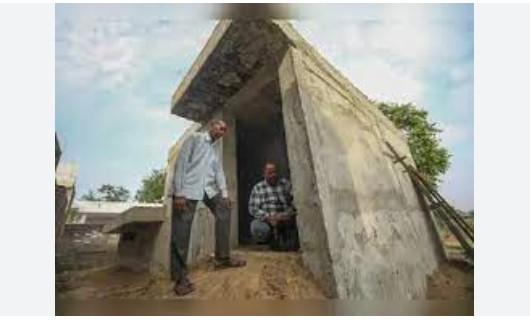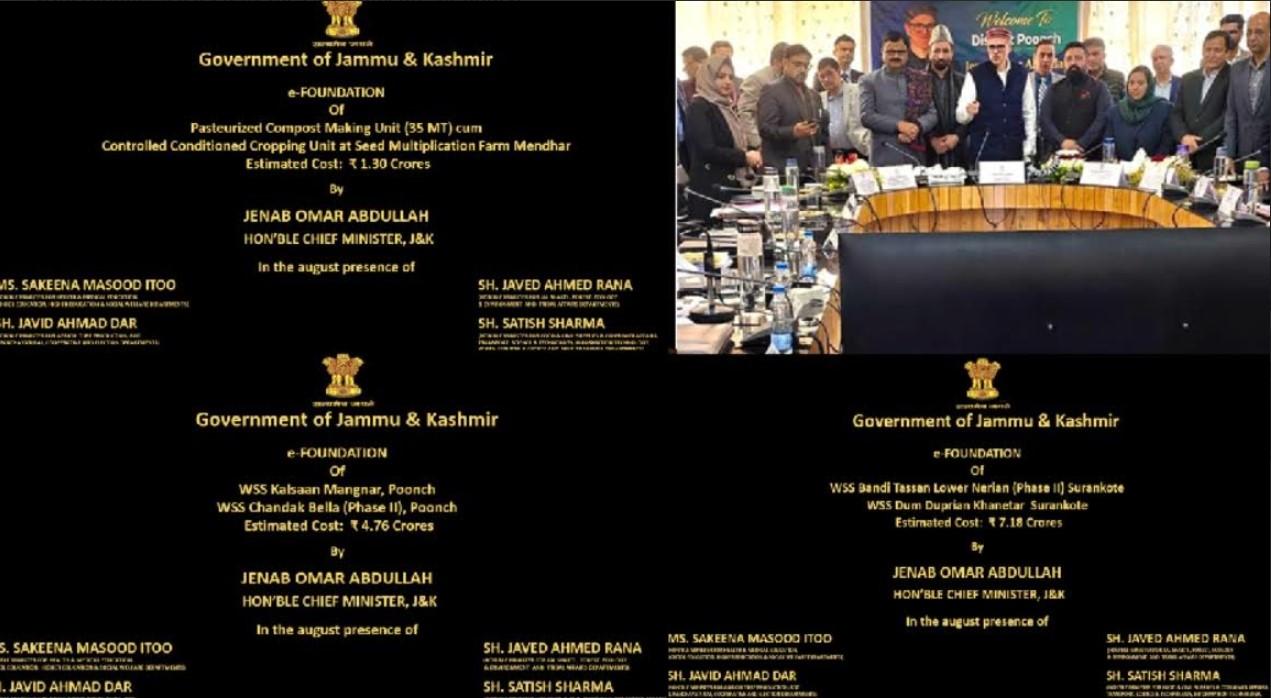Almost half of the central government funds meant for building underground bunkers to protect border residents in Jammu and Kashmir have not been spent over the past five years, according to data shared under a Right to Information (RTI) application.
The fact was brought to light at a time of growing concern about civilian safety following Operation Sindoor and heavy cross-border firing last month.
Details of fund allocation and spending
Responding to a Right to Information application filed by Jammu-based activist Raman Kumar, the Jammu and Kashmir Home Department said that an amount of Rs 242.77 crore was given to the Union Territory administration headed by the lieutenant governor between 2020–21 and 2024–25. However, 46.58 per cent of the funds remain unspent.
According to the figures shared, Rajouri district used the most funds at ?78.05 crore, followed by Poonch (Rs 44.56 crore), Samba (Rs 42.09 crore), Kathua (Rs 37.20 crore), Jammu (Rs 17.51 crore), Kupwara (Rs 14.85 crore), Bandipora (Rs 4.33 crore), and Baramulla (Rs 4.15 crore).
India has a 3,323-kilometre-long border with Pakistan, with 221 km as International Border (IB) and 744 km along the Line of Control (LoC) in Jammu and Kashmir.
In February 2021, India and Pakistan agreed to enforce a renewed ceasefire along these borders, bringing relief to people living near the IB and LoC. The original ceasefire agreement was signed in 2003 but was frequently violated by Pakistan, with over 5,000 breaches in 2020 alone.
Bunker construction plans and progress
In 2018–19, the Centre approved the construction of 14,460 bunkers at a cost of ?415.73 crore for residents facing Pakistani shelling. Of these, 7,298 were meant for the LoC areas in Poonch and Rajouri, and 7,162 for villages along the IB in Jammu, Kathua and Samba. Later, more than 4,000 additional bunkers were sanctioned for vulnerable areas in north Kashmir districts like Baramulla, Bandipora and Kupwara.
Jammu and Kashmir Chief Secretary Atal Dulloo said that so far, 9,500 bunkers have been built along the India–Pakistan border in the Union Territory. These bunkers have saved lives during recent shelling, although homes and livestock suffered damage.




